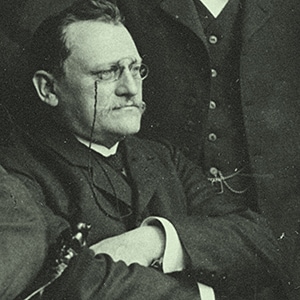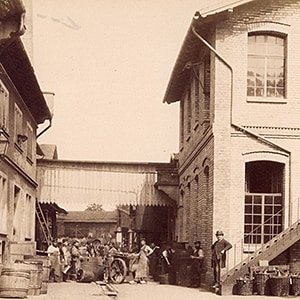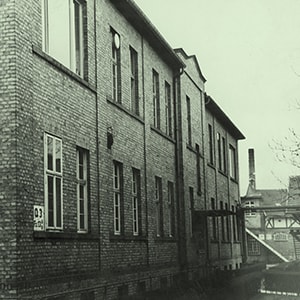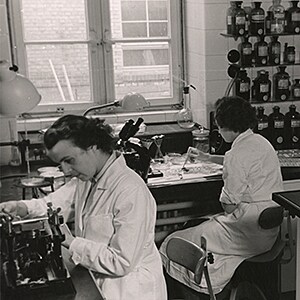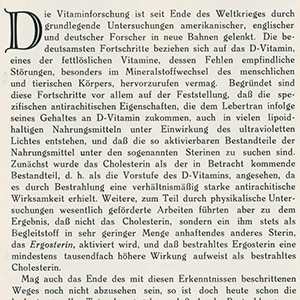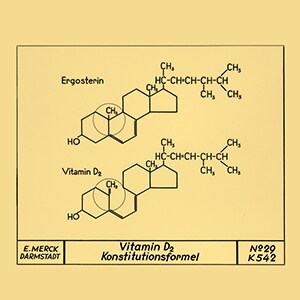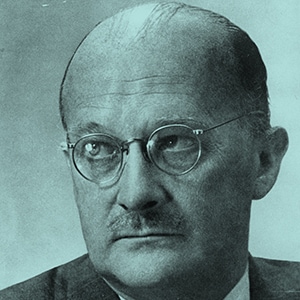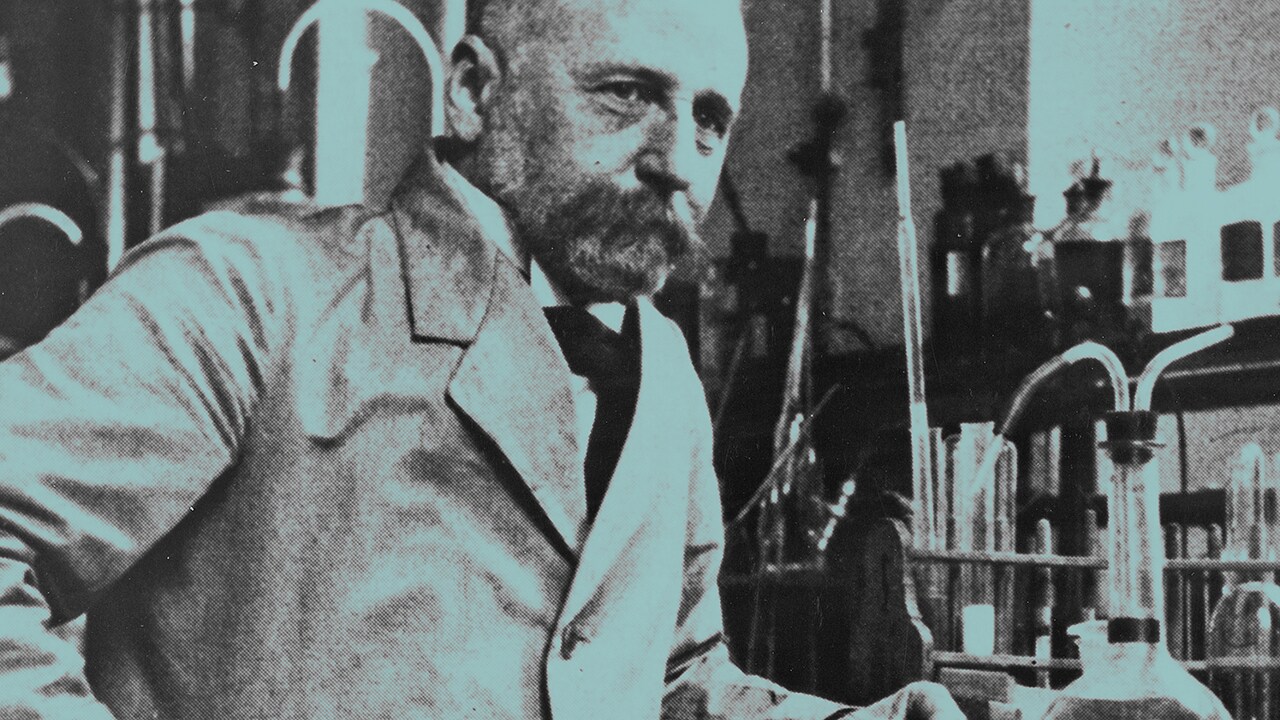
»I gratefully remember the support that I received for my early work two decades ago through the relations to your esteemed company.«
Richard Willstätter to E. Merck, Darmstadt, Germany, 1917
When Emanuel Merck takes over the pharmacy, the close connection between scientific research work and entrepreneurial spirit becomes clear. In many respects, he lays the foundations for a science-driven enterprise in the first half of the 19th century. He himself conducts research, builds a network with and supports the work of numerous other scientists, and is able to communicate and share findings and developments in his field of research.
Scientific research remains an integral part of the company. In the early 1890s, substantial changes can be seen in all areas of the company: Workflows are being increasingly formalized and tasks divided up. Towards the end of the 19th century, the pharmacy with its manufacturing branch has long since become a major industrial company.
A change in the research organization at the company is necessary. Alexander Ehrenberg, director of the scientific department at the company Trommsdorff in Erfurt, is recruited by the company and charged with this task. The aim is, »in a systematic fashion, to build relationships with distinguished chemists and physicians to ensure that the factory has access to the results of the scientific work of university laboratories and institutes« as well as to create the infrastructure needed to conduct research within the company.
In many respects, the research organization at the company thus ensures that scientific discoveries are transformed into marketable products. And the company is even one of the first choices for Nobel laureates: In 1902, Emil Fischer and the physician Joseph von Mehring co-develop a sedative barbiturate, which will replace the hypnotic agents known so far. Fischer transfers the manufacturing license to the company and production of Veronal starts in 1903.
As the negative effects of cocaine become increasingly apparent, in the early 1920s scientists begin looking into modifications to the molecule with the aim of producing a more favorable action profile. In 1924, the chemist Richard Willstätter is able to synthesize dextrorotary pseudococaine. The company commercializes it under the name Psicain.
In 1927, the work of Adolf Windaus leads to the market launch of Vigantol. The first standardized vitamin D product is used to treat rickets, at the time still a common deficiency disease, particularly among children.
In 1934, ascorbic acid is launched as the first vitamin C product under the brand name Cebion. At Albert Szent-Györgyi’s initiative, it is initially extracted from fruit before the synthetic route developed by Tadeus Reichstein can be used.
The integration of science into the company’s organizational structure begins in the 1890s with Alexander Ehrenberg, who is Head of Research at the company for around 30 years. Under his responsibility, the work of the scientific laboratory focuses increasingly on research.
The focus on scientific research is also highlighted by the architecture of the »new factory« on Frankfurter Strasse in the early 20th century. There the new research buildings A3 and A4 are built, as well as a Serum Department with stables. Later, a research center and a pharmacological laboratory for preclinical trials are added.
In the 1920s and 1930s, the company makes a name for itself in the field of vitamin research that will endure for decades. Of particular significance is the vitamin D product first marketed in 1927 under the name Vigantol, which was developed by the later Nobel laureate Adolf Windaus.

